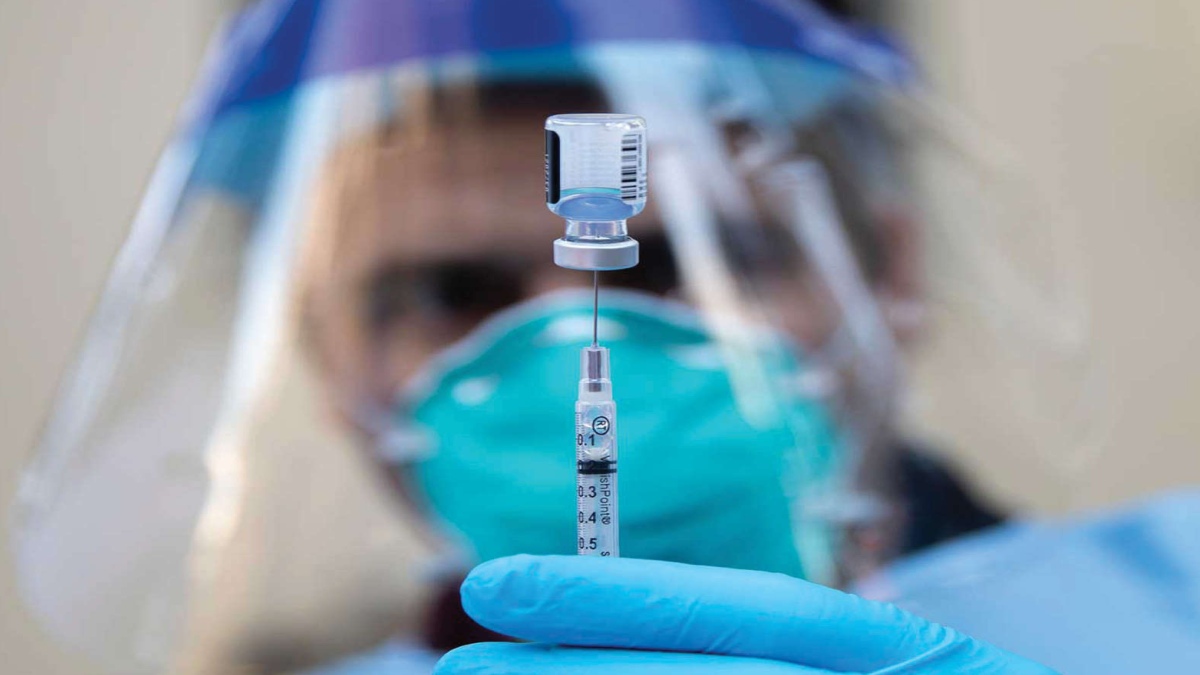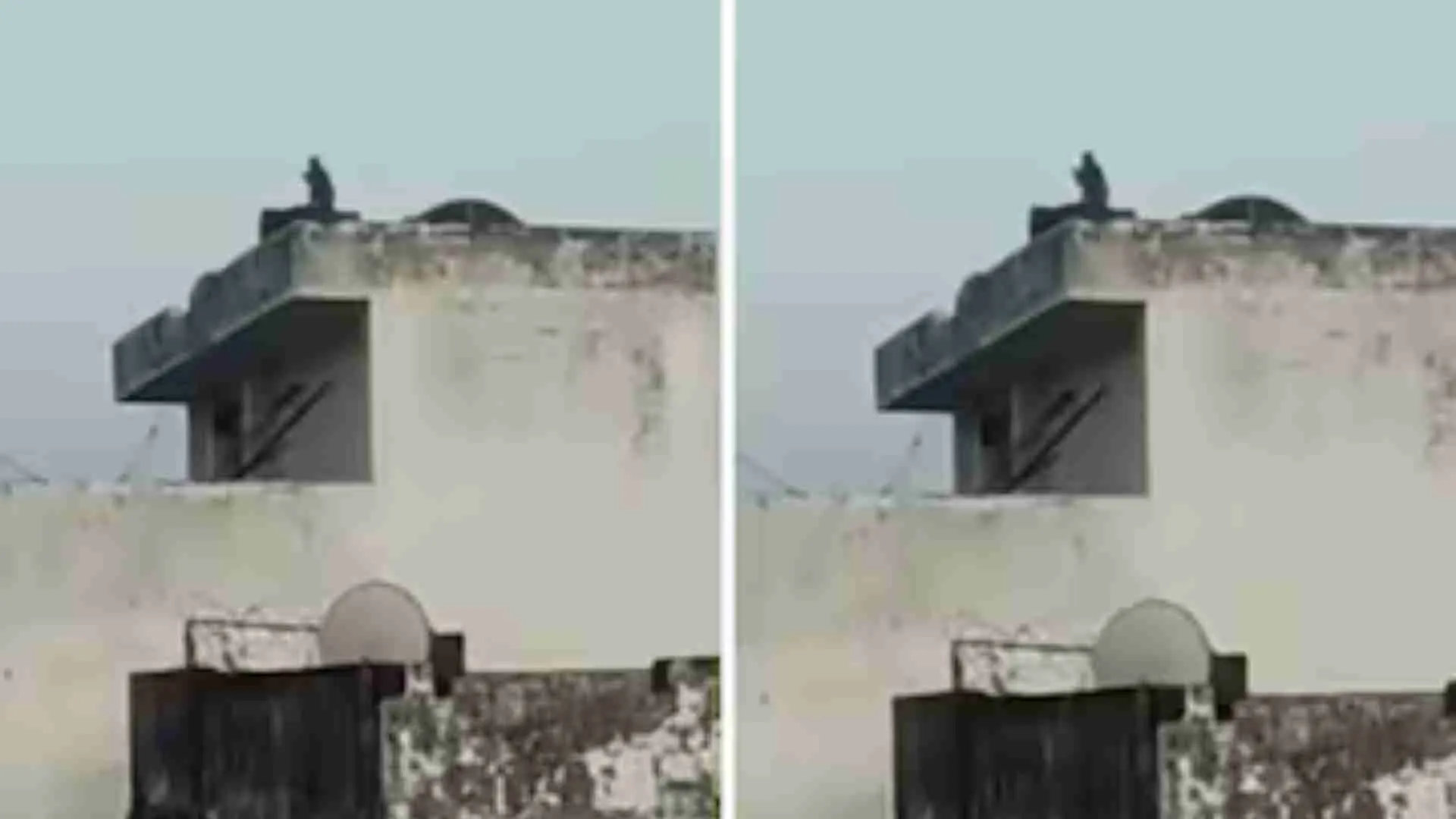The biggest challenge of the Covid-19 resurgence has been the emergence of new virus variants across the globe. In the fall of 2020, the United Kingdom (UK) identified a fast-spreading variant called B.1.1.7 or VOC-20DEC-01 which has since been detected in many countries around the world. Experts believe it may potentially carry an increased risk of death compared to other variants. In South Africa, another variant called B.1.351 or VOC-20DEC-02, detected in early October 2020, shares some mutations with B.1.1.7. cases of this variant were reported in the US at the end of January 2021. In Brazil, a variant called P.1 or VUI-21JAN-01 was identified during routine screening at a Japanese airport in early January. This variant contains a set of additional mutations that may be able to escape natural antibodies. It was first detected in the US at the end of January 2021.
INDIA REPORTS UNIQUE ‘DOUBLE MUTANT’ CORONAVIRUS VARIANT
The Indian government in recent times announced a new coronavirus variant detected amid a new surge of Covid-19 cases across several states. This is a unique “double mutant” coronavirus variant with a combination of mutations not found anywhere in the world. However, it is still to be established if it increases infectivity or severity of Covid-19. Genome sequencing of a section of virus samples by a consortium of 10 labs across the country, called the Indian SARS-CoV-2 Consortium on Genomics (INSACOG), revealed two mutations, E484Q and L452R together, in at least 200 virus samples from Maharashtra, as well as a handful in Delhi, Punjab and Gujarat.
Mutations in the virus per se are not surprising, but specific mutations that either help the virus evolve to thwart vaccines or the immune system or are linked to a spike in cases or disease severity, are a cause for concern. While the two mutations have been individually identified in other variants of SARS-CoV-2 globally and have been associated with a reduction in vaccine efficacy and infectivity, their combined effect and biological implication has not yet been fully comprehended. In the days ahead, the INSACOG will submit details of this variant to a global repository called GISAID and classify it as a ‘Variant of Concern’ (VOC) if required.
It is important to note that the ‘double mutant’ variant is likely to trigger an ‘intense second wave’. It is estimated that the virus is over 50% more transmissible and 60% more lethal, i.e., 1.6 deaths for every one death caused by the previous version of the virus.
REAL-TIME GENETIC SURVEILLANCE FOR COVID
We do not have any Genetic Surveillance system operational in India but it is undoubtedly the need of the hour. Whole viral genome sequencing allows for a better understanding of the virus transmission, including the knowledge of whether it is mutating and becoming a larger threat. In addition, genomics can help explain why people respond to Covid-19 in different ways, thereby helping us better protect those at greater risk.
There is hence an acute need for employing genomics to help public health bodies respond faster to emerging outbreaks. Towards this effect, COG-UK and the Sanger Institute have raised 12.2 M pounds from the Testing Innovation Fund of the Department of Health and Social Care for creating a real-time surveillance system of emerging outbreaks. This system will be supported by new software being developed by the Sanger Institute and involving researchers from across the consortium’s network. Instead of relying on epidemiological exceedance, which “often requires a large number of cases to detect” outbreaks, genomics can help identify and respond to large clusters in an efficient and timely manner. For example, genome sequencing can show there are five identical SARS-CoV-2 viruses within one workplace on the same day, thereby suggesting the extent and severity of Covid-19 transmission happening in that workplace. If we didn’t have genomics we might know we had five cases, but we wouldn’t know if they were related and constituted an outbreak. It is possible that all five cases could be different, implying that they would have separate sources and do not represent a cluster.
For a real-time surveillance system to be effective, the process of genomics sequencing would have to be expedited, which is what the COG-UK, the Sanger Institute and the consortium’s researchers are working on currently. The Department for Health and Social Care Testing Innovation Fund has backed the Welcome Sanger Institute and the Covid-19 Genomics UK (COG-UK) Consortium in expanding whole genome sequencing of positive SARS-CoV-2 virus samples to map the spread and evolution of CovidD-19.
Notably, the 12.2M pounds funding will facilitate Sanger Institute to build a national real-time genomic surveillance system of Covid-19 by covering the cost of Whole Genome Analysis (WGA). The cost for WGA per sample in INR terms is Rs. 35000 + GST for 10X coverage and Rs 75000+GST for 30X coverage.
A similar initiative must be spearheaded in India, that of establishing a Genetic Surveillance system to identify the ‘double mutant’ variant and protect the population from the greater risk of infection severity and mortality.
The writer is Regional Director – Head & Neck Surgical Oncology and Robotic Surgery, Associate Dean – Academics, HCG Cancer Hospital, Bengaluru.























